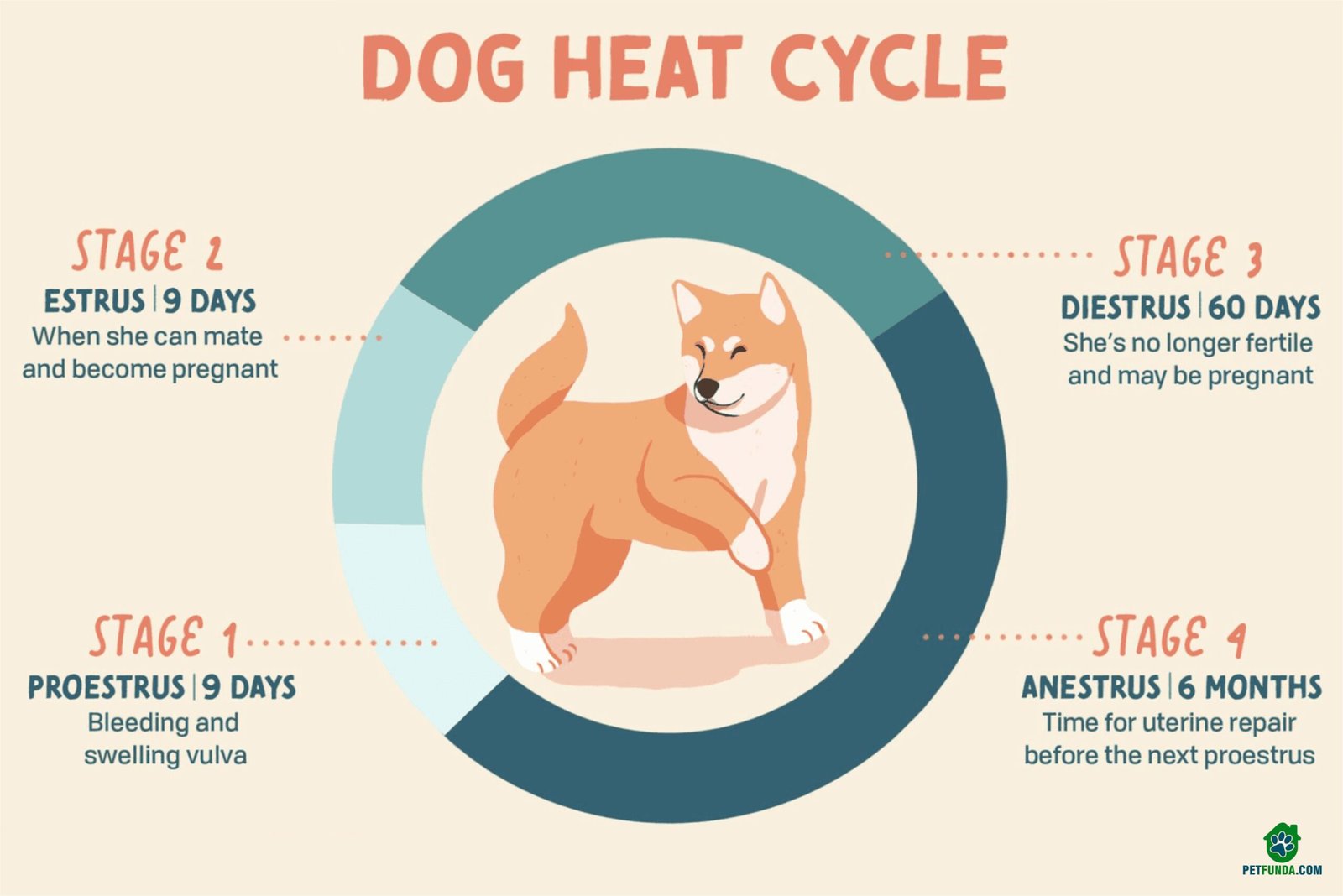Dogs have been our faithful companions for thousands of years, but even with all our experience, there are still numerous myths and misconceptions surrounding these beloved animals. From their behavior and communication to their health and care, many myths persist in the world of dog ownership. In this comprehensive blog, we will delve deep into the most common myths related to dogs and provide evidence-based explanations to debunk them. Let’s separate fact from fiction and ensure that our furry friends get the care and understanding they deserve.
Myth #1: One Human Year Equals Seven Dog Years
The myth that one human year is equivalent to seven dog years has been around for generations. People have long believed that dogs age seven times faster than humans, but this oversimplification is far from accurate. A dog’s aging process varies depending on its breed, size, and individual factors.
Scientifically, dogs age more rapidly in their early years and then the aging process slows down. A more accurate formula to estimate a dog’s age in human years is complex and takes into account these variables. Smaller breeds tend to live longer than larger ones, and genetics play a crucial role in determining a dog’s lifespan.
Myth #2: Dogs Are Colorblind
Many people still believe that dogs see the world in black and white. While it’s true that dogs do not perceive colors in the same way humans do, they are not entirely colorblind. Dogs can see some colors, but their color vision is limited compared to ours. They primarily see the world in shades of blue and yellow, and they may have difficulty distinguishing between red and green.
Research has shown that dogs have two types of color receptors (cone cells) in their retinas, allowing them to see some colors. However, their color perception is significantly less vivid than that of humans.
Myth #3: A Wagging Tail Means a Happy Dog
While a wagging tail is often associated with a happy and friendly dog, it’s not always an indicator of their emotional state. A dog’s tail can convey various emotions, including fear, anxiety, and aggression, depending on the context and the way it wags.
For instance, a stiff and rapid wag may indicate agitation or aggression, while a slow and gentle wag is more likely a sign of relaxation and friendliness. It’s essential to consider the overall body language of the dog and the situation to accurately interpret what the tail movement means.
Myth #4: Dogs Only Eat Grass When They’re Sick
It’s a common belief that dogs only eat grass when they have an upset stomach and need to induce vomiting. While some dogs do eat grass when they’re not feeling well, not all grass consumption is related to illness.
Dogs may eat grass for various reasons, including boredom, dietary deficiencies, or simply because they enjoy the taste and texture. In many cases, eating a small amount of grass is normal behavior and not a cause for concern.
Myth #5: Dogs Age Out of Puppy Behavior
Some people believe that puppies will naturally grow out of their mischievous and energetic behavior as they age. While it’s true that puppies may become calmer with age, they still require consistent training and guidance throughout their lives.
Certain behavioral issues, such as chewing, digging, and jumping, can persist if not addressed early on. It’s essential to provide ongoing training, mental stimulation, and exercise to ensure your dog remains well-behaved and happy throughout their life.
Myth #6: All Dogs Love Belly Rubs
While many dogs enjoy belly rubs, it’s not a universally loved experience for every canine. Some dogs may feel vulnerable or uncomfortable when their belly is exposed, and attempting to rub it can lead to stress or aggression.
It’s crucial to read your dog’s body language and respect their individual preferences. If your dog enjoys belly rubs, that’s wonderful, but if they don’t, find other ways to show affection and make them comfortable.
Myth #7: Dogs Only Need Dry Kibble for a Balanced Diet
One of the most significant myths related to dog nutrition is the belief that dry kibble is the only food dogs need for a balanced diet. While dry dog food can provide essential nutrients, it may not be the best or only option for all dogs.
A balanced diet for dogs should include a variety of foods, including high-quality commercial dog food, fresh meats, vegetables, and sometimes even fruits. Consult with your veterinarian to determine the best diet for your dog based on their age, breed, and specific health needs.
Myth #8: You Can’t Teach an Old Dog New Tricks
The saying “You can’t teach an old dog new tricks” is not only a myth but also a disservice to older dogs. Dogs of all ages can learn new behaviors and commands with patience and proper training techniques. In fact, older dogs often have the advantage of being more focused and less easily distracted than puppies.
Training can help keep an older dog mentally stimulated and engaged, which is essential for their overall well-being. So, don’t hesitate to teach your senior dog new tricks or reinforce existing commands.
Myth #9: A Warm, Dry Nose Means a Sick Dog
Contrary to popular belief, the temperature and moisture level of a dog’s nose are not reliable indicators of their health. A warm and dry nose does not necessarily mean a dog is sick, just as a cold and wet nose doesn’t always indicate good health.
A dog’s nose condition can vary throughout the day and may change due to factors such as weather, hydration, and activity level. To assess a dog’s health, it’s more important to consider their overall behavior, appetite, and any other concerning symptoms they may exhibit.
Myth #10: Dogs Don’t Need Regular Vet Check-ups
Some dog owners believe that regular veterinary check-ups are unnecessary unless their dog is visibly sick. This misconception can lead to undetected health issues and preventable problems.
Routine vet visits are essential to monitor your dog’s overall health, catch potential problems early, update vaccinations, and receive professional guidance on nutrition and preventive care. Regular check-ups can help ensure your dog lives a long, healthy life.
Conclusion
Myths about dogs are pervasive, but they often stem from a lack of understanding or outdated information. By debunking these myths and relying on evidence-based knowledge, we can provide better care for our canine companions. Remember that every dog is unique, and it’s crucial to approach their care with individuality and a commitment to learning. By dispelling these myths, we can foster healthier, happier relationships with our four-legged friends and ensure their well-being for years to come.




